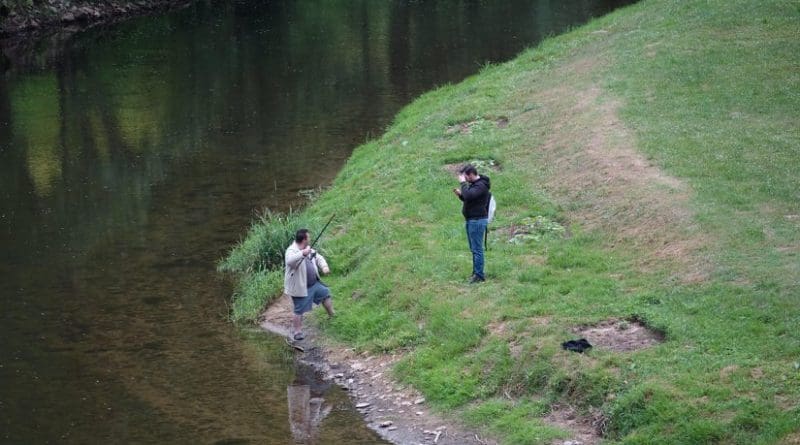Exploring How European Freshwater Fish Species Have Changed
Over time, humans have contributed to the loss of native species and have introduced non-native species throughout Europe.
A new analysis shows how European freshwater fish have changed profoundly since 1840. At the continental scale, the contemporary fauna holds net 11 more species today as exotic species introduction (26 species) exceeded native species loss (15 species). But the biggest change was made by European species introduced from one area in Europe to another (77 species), often with fatal results.
Although all 251 river areas examined in the study exhibited a net species gain, species turnover was much higher than the net gain indicates. On average, one fifth of the historic fish assemblages became reshuffled. Species gains have led to an overall increase in similarity, or “taxonomic homogenization” across Europe, both in number of shared species as well as in species composition.
“The concurrent use of multiple indices allowed us to disentangle the main components of faunal change across Europe. In contrast to the established view, it is evident that the prevention of intended or unintended species introduction will not lower the increase in similarity per se: many species actually reduce homogenization despite their range gain, but still considerably contribute to taxonomic change with potential negative effects on ecosystem functions,” said Dr. Nike Sommerwerk, lead author of the Journal of Biogeography study. “Such studies are important in identifying and implementing appropriate management strategies for species protection and biodiversity management.”

